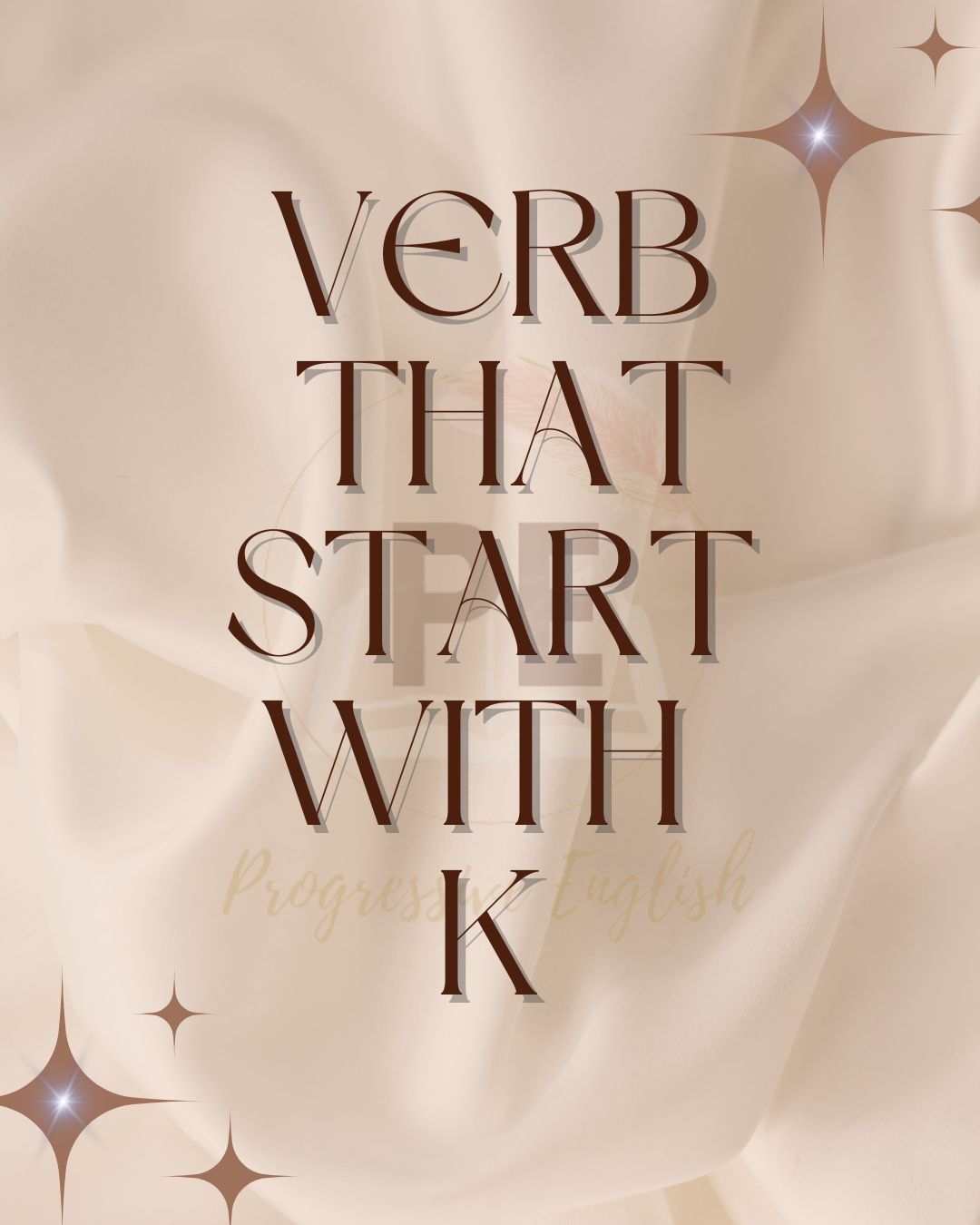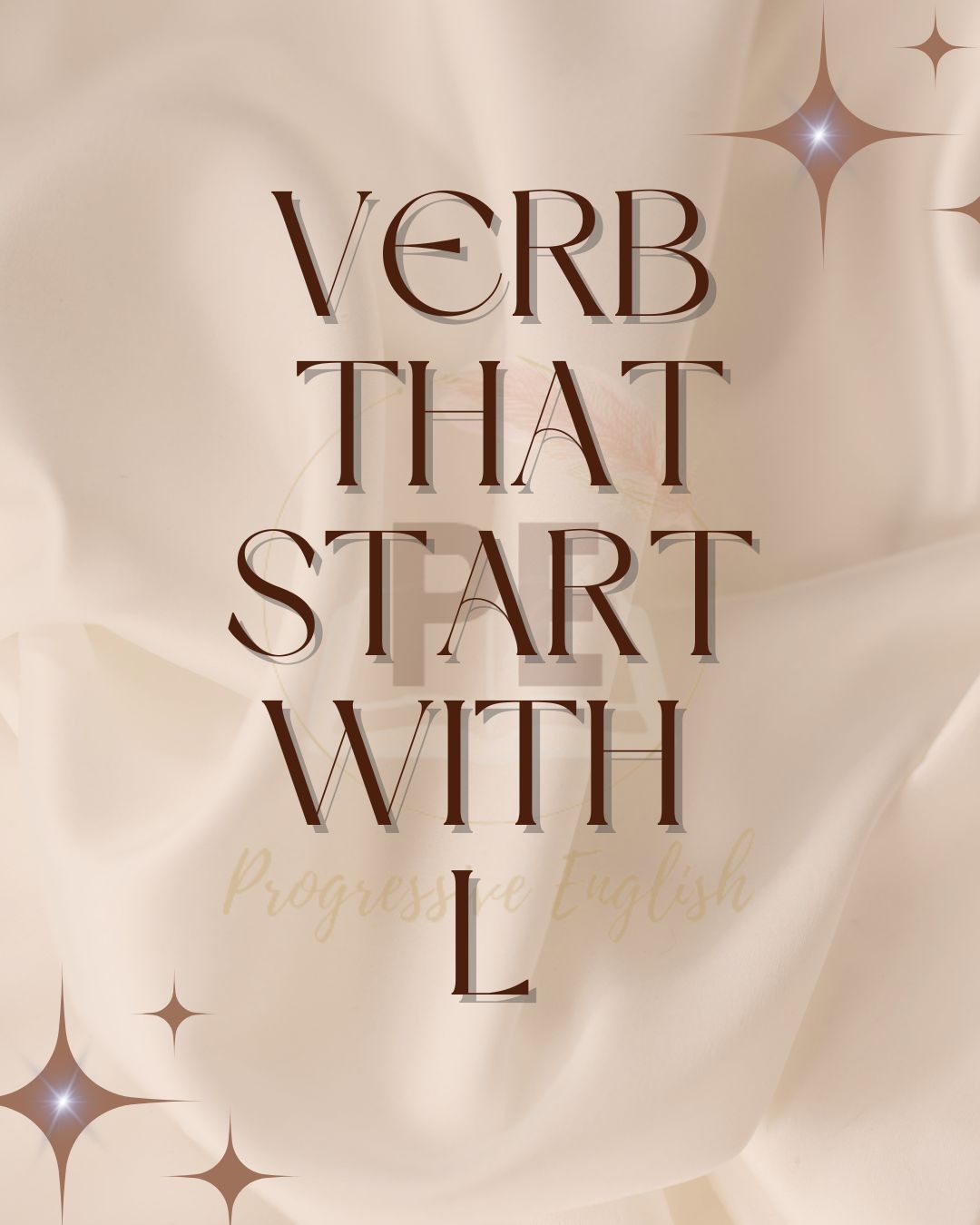Enhance your communication skills with this comprehensive guide.
Adjective Definition, Explanation and Uses: Enhancing Your Writing Skills
Introduction
Writing is an art that requires creativity and skillful use of language. It involves expressing ideas, emotions, and thoughts in a way that can be understood by the reader.
Adjectives play a crucial role in the process of communication by adding color, depth, and complexity to sentences.
In this article, we will explore adjectives – their definition, explanation of uses, and provide examples of their usage.
Definition of Adjective
Adjectives are words that describe or modify nouns or pronouns.
They can be used to provide more information about the size, shape, color, age, personality traits or any other attribute of a person or thing.
Adjectives bring life to writing by providing detail about people, places or things.
For example:
“The tall man walked gracefully across the room”
provides more information about what the man looks like than just saying
“The man walked across the room”.
Importance of Adjectives in Communication
Adjectives are an essential part of communication as they add depth to sentences and enhance clarity in written work.
They help readers visualize what is being described by creating a clear picture in their minds.
Without adjectives describing our world would be bland and unremarkable.
In writing fiction especially it is important for authors to make readers feel as if they are part of the story’s world which is why using adjectives effectively is essential for bringing characters alive while describing settings and enhancing character traits.
Types of Adjectives
Adjectives are used to describe or modify a noun or pronoun.
There are several types of adjectives that serve different purposes in writing.
Understanding the various types of adjectives can help writers choose the appropriate words to convey their intended meaning.
Descriptive Adjectives
Descriptive adjectives are probably the most commonly used and familiar type of adjective.
They provide a description of a noun, usually by highlighting one or more of its physical characteristics.
Some examples include:
beautiful, ugly, tall, short, blue, red, black and white.
For instance:
– The scruffy dog barked at the postman.
-The tall building stood out against the skyline.
– The young girl wore a bright yellow dress.
When using descriptive adjectives, it’s important to consider sensory details like texture, color and shape so that readers can easily visualize what is being described.
Quantitative Adjectives
Quantitative adjectives are used to describe the quantity or amount of something.
These include words like: many, few, several, all and some.
For example:
– All students in class passed their exams except for one.
– Many people were present at the concert last night.
These types of adjectives give readers an idea about how much or how little there is of something and can be helpful in creating emphasis or conveying importance.
Explanation of Uses of Adjectives
Adjectives are used in writing to make sentences more interesting and descriptive.
They can modify, describe, and quantify nouns and pronouns.
Adjectives help writers to add specificity and clarity to their sentences so that readers can visualize what they are reading.
In this section, we will explore the various ways adjectives can be used in writing.
Modifying Nouns and Pronouns
One of the most common uses of adjectives is to modify nouns and pronouns.
For example
consider the sentence
“The bright sun is shining.”
The word “bright” modifies the noun “sun” by providing a specific characteristic about it.
Without the adjective, the sentence would just read “The sun is shining,” which lacks specificity.
Similarly, adjectives can modify pronouns like in this sentence:
“She wore a beautiful dress that complemented her blue eyes.”
The adjective “beautiful” provides a description of the dress while “blue” describes her eyes.
By using appropriate adjectives to modify nouns and pronouns,
writers provide a clear image to their readers of what they are trying to convey.
Providing Specificity and Clarity to Sentences
Adjectives also play an important role in providing clarity in sentences by adding more information about objects or people being described.
For instance
consider this sentence:
“He drove a car.”
It’s unclear without any context whether it’s an expensive sports car or an old junky sedan.
However, adding an adjective like in this sentence:
“He drove a sleek black sports car,” gives us more information about what type of car he was driving so that we have a better idea of his personality or economic background.
In addition, using adjectives correctly can help avoid ambiguity or confusion when expressing emotions or feelings through writing.
By choosing appropriate descriptive words like happy vs joyful or sad vs depressed, writers can communicate more effectively to their readers.
Enhancing the Overall Tone and Emotion in Writing
Adjectives can enhance the overall tone and emotional effect of writing.
By using powerful adjectives that evoke certain feelings or emotions, writers can create a specific mood or atmosphere.
For example
consider the sentence
“The dark and eerie forest was enveloped in a thick fog.”
The adjectives “dark,” “eerie,” and “thick” all contribute to the spookiness of the scene for readers.
Using appropriate adjectives is crucial for effective communication through writing.
Adjectives modify nouns and pronouns, provide specificity, clarity, and enhance emotional impact in sentences.
It’s essential to choose descriptive words that accurately convey what you want to express.
Examples of Adjective Usage
Descriptive Adjectives: Painting a Vivid Picture with Words
Descriptive adjectives serve the purpose of painting a vivid picture in the reader’s or listener mind by using words that appeal to the senses.
These adjectives add color, texture, and depth to sentences
They can be used to describe everything from people and places to objects and emotions.
For example,
in the sentence “
The beautiful sunset painted the sky with hues of orange and pink,”
the adjective “beautiful” adds an element of awe and wonder to the description, making it sound more poetic than simply saying “the sunset painted the sky.”
The use of descriptive adjectives takes readers on a journey through imagination that they can visualize as if they were experiencing it themselves.
Descriptive adjectives are not only limited to compliments or positive attributes.
They can also be used to convey negative descriptions as well.
For instance,
instead of saying
“the room was dark,”
one could say
“the dimly lit room gave off a haunting feeling.”
In this way, descriptive adjectives help elevate writing by enabling writers to create vivid descriptions that make their stories come alive in readers’ minds.
Quantitative Adjectives: Precisely Measuring What Matters
Quantitative adjectives are used when precise measurement is required.
These types of adjectives provide numerical values or quantities that help readers or listener understand specifics about an object or person.
For example,
in the sentence
“I have three apples left in my basket,”
the adjective “three” provides an exact count of how many apples are left in the basket.
This precision helps others understand exactly how many apples are available rather than simply guessing based on words like ‘some’ or ‘a few.’
however, when used correctly, these adjectives help provide clarity and specificity, making it easier for the reader to understand the message of the text.
Demonstrative Adjectives: Pointing Out Possession and Distance
Demonstrative adjectives are used to indicate a particular noun or pronoun in a sentence.
They are used to point out possession or show distance between objects.
For example
in the sentence
“This book is mine, not yours,”
the adjective “this” indicates that the book being referred to is closer to the speaker than it is to anyone else.
Similarly, “that” would be used to indicate something that is farther away from both parties involved in conversation.
Demonstrative adjectives help speaker avoid confusion by making it clear which object they are referring to.
This helps other follow along with ease, without having to guess which item or person is being discussed.
Possessive Adjectives: Claiming Ownership of People and Things
Possessive adjectives are used when identifying ownership of a person or object.
These types of adjectives demonstrate who owns what and can be singular or plural depending on how many people or things someone owns.
For example
in the sentence
“His car is parked outside,”
the adjective “his” shows that the car belongs specifically to him rather than someone else.
In this way, possessive adjectives help clarify who owns what so that there’s no confusion between different parties involved in communication.
Possessive adjectives also help establish relationships between people and things.
For instance: “My house.” This phrase demonstrates ownership over a home and can indicate feelings of pride or attachment towards it.
Possessive adjectives help communicate these emotions through speaking by demonstrating who holds responsibility for different entities within any given text.
Importance of Adjective
Reiteration of Importance of Using Appropriate Adjectives in Writing
Adjectives are essential elements in the English language that help add depth and clarity to communication.
They allow writers and speakers to paint vivid pictures, convey powerful emotions, and provide crucial details about people, places, things, and ideas.
Adjectives modify nouns and pronouns, providing specificity and nuance to sentences.
Without adjectives, sentences would be less interesting to read or hear.
It is important for writers to use appropriate adjectives when communicating.
Using the wrong adjective can completely change the meaning of a sentence; failing to use any adjectives can make writing bland and emotionless.
By incorporating descriptive, quantitative, demonstrative, or possessive adjectives into writing skillfully can contribute to a well-rounded piece of literature that could engage readers from start till end.
Encouragement to Practice Incorporating Different Types of Adjectives into Writing
Adjective usage is a matter of practice. The more writers practice using different types of adjectives in their writing effectively; the better they become at conveying their message clearly with subtle nuances.
It’s also important for writers not only rely on clichéd or overused words but try using creative and unique descriptions instead.
To improve writing skills related to adjective usage will require regular reading habits that allow one’s brain absorb numerous styles of writing while observing how other authors incorporate various sets of descriptive words into their work.
Incorporating an adjective exercise into one’s daily routine will be beneficial as well since it helps build
vocabulary knowledge while simultaneously encouraging creative thinking skills.
Overall, utilizing this word type in an appropriate manner is crucial because it provides further meaning behind the nouns being used throughout your sentences’




1 thought on “Adjective and its types”